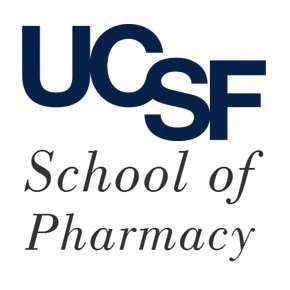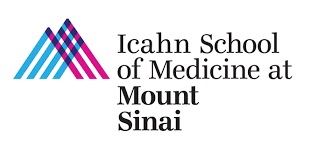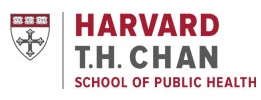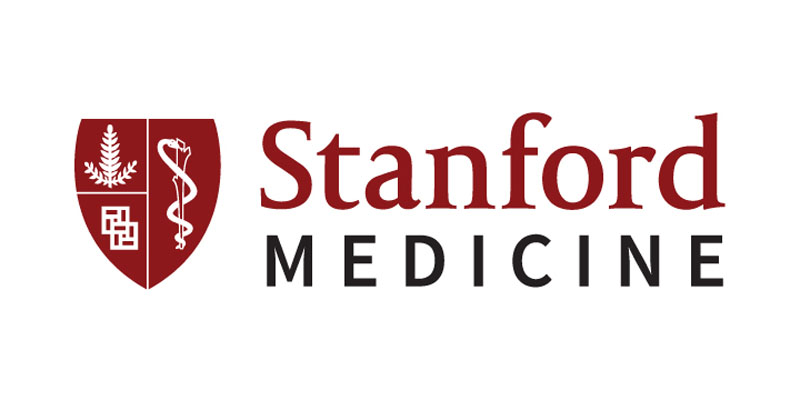Submitted by ja607 on
| Title | A phenome-wide association study of 26 mendelian genes reveals phenotypic expressivity of common and rare variants within the general population. |
| Publication Type | Journal Article |
| Year of Publication | 2020 |
| Authors | Tcheandjieu, C, Aguirre, M, Gustafsson, S, Saha, P, Potiny, P, Haendel, M, Ingelsson, E, Rivas, MA, Priest, JR |
| Journal | PLoS Genet |
| Volume | 16 |
| Issue | 11 |
| Pagination | e1008802 |
| Date Published | 2020 11 |
| ISSN | 1553-7404 |
| Keywords | Alagille Syndrome, Alleles, Biological Variation, Population, DiGeorge Syndrome, European Continental Ancestry Group, Female, Gene Frequency, Genetic Association Studies, Genetic Predisposition to Disease, Genetic Testing, Genetic Variation, Genome-Wide Association Study, Humans, Male, Marfan Syndrome, Noonan Syndrome, Phenotype, Polymorphism, Single Nucleotide, United Kingdom |
| Abstract | The clinical evaluation of a genetic syndrome relies upon recognition of a characteristic pattern of signs or symptoms to guide targeted genetic testing for confirmation of the diagnosis. However, individuals displaying a single phenotype of a complex syndrome may not meet criteria for clinical diagnosis or genetic testing. Here, we present a phenome-wide association study (PheWAS) approach to systematically explore the phenotypic expressivity of common and rare alleles in genes associated with four well-described syndromic diseases (Alagille (AS), Marfan (MS), DiGeorge (DS), and Noonan (NS) syndromes) in the general population. Using human phenotype ontology (HPO) terms, we systematically mapped 60 phenotypes related to AS, MS, DS and NS in 337,198 unrelated white British from the UK Biobank (UKBB) based on their hospital admission records, self-administrated questionnaires, and physiological measurements. We performed logistic regression adjusting for age, sex, and the first 5 genetic principal components, for each phenotype and each variant in the target genes (JAG1, NOTCH2 FBN1, PTPN1 and RAS-opathy genes, and genes in the 22q11.2 locus) and performed a gene burden test. Overall, we observed multiple phenotype-genotype correlations, such as the association between variation in JAG1, FBN1, PTPN11 and SOS2 with diastolic and systolic blood pressure; and pleiotropy among multiple variants in syndromic genes. For example, rs11066309 in PTPN11 was significantly associated with a lower body mass index, an increased risk of hypothyroidism and a smaller size for gestational age, all in concordance with NS-related phenotypes. Similarly, rs589668 in FBN1 was associated with an increase in body height and blood pressure, and a reduced body fat percentage as observed in Marfan syndrome. Our findings suggest that the spectrum of associations of common and rare variants in genes involved in syndromic diseases can be extended to individual phenotypes within the general population. |
| DOI | 10.1371/journal.pgen.1008802 |
| Alternate Journal | PLoS Genet |
| PubMed ID | 33226994 |
| PubMed Central ID | PMC7735621 |
| Grant List | MC_QA137853 / MR / Medical Research Council / United Kingdom R24 OD011883 / OD / NIH HHS / United States R01 HG010140 / HG / NHGRI NIH HHS / United States U01 HG009080 / HG / NHGRI NIH HHS / United States MC_PC_17228 / MR / Medical Research Council / United Kingdom R00 HL130523 / HL / NHLBI NIH HHS / United States |





